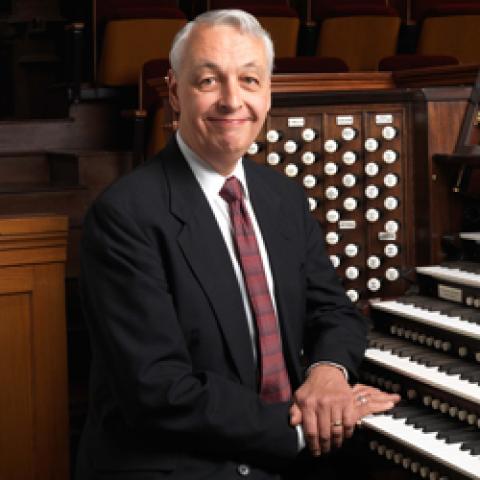Bigelow & Co., Inc., Organ Builders, American Fork, Utah
St. Ambrose Catholic Church, Salt Lake City, Utah

St. Ambrose Parish in Salt Lake City has been blessed with a beautiful, large, and acoustically gracious worship space, a talented and ambitious director of music (Christopher Huntzinger), excellent choirs, and supportive clergy (Rev. Andrzej Skrzypiec)—but, until recently, only a seven-rank pipe organ (with no reeds). When the 44-rank Holtkamp organ from St. Mark’s Episcopal Cathedral in downtown Salt Lake City became available (replaced by a new Bigelow instrument), St. Ambrose’s musicians and clergy wasted no time in procuring it. Having maintained the Holtkamp instrument for many years, and having dismantled and removed it to make way for the new organ, Bigelow & Co. was the obvious choice to reconstruct it as a new instrument for St. Ambrose.
Bigelow Opus 36 includes the console, chests, and 42 ranks of pipes from the Holtkamp, all seven ranks from the previous organ, and one new reed rank, for a total of 50 ranks. Only four ranks were substantially revoiced, otherwise revoicing was limited to minor adjustments required by changes in wind pressure and different acoustics.
A handsome new oak case, including a Rückpositiv, harmonizes with the interior of the church and presents the organ as a new instrument.
The inaugural recital was played by Clay Christiansen of the Mormon Tabernacle on January 25, 2013. Dr. Christiansen, who had served St. Mark’s Cathedral for ten years when the Holtkamp was new, commented afterward about the new instrument, calling it a “very satisfying eclectic instrument, wonderfully well suited to its environment.”



